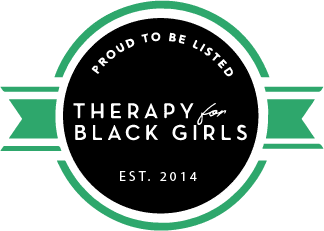Introduction
For high-achieving Black women, the expectations—internal and external—can slowly evolve into chronic exhaustion. Understanding the burnout phases helps you recognize when something is off before it begins to erode your energy, your focus, and your peace.
Understanding Burnout Phases
Burnout unfolds over time. These burnout phases offer a framework for noticing when you’re moving beyond healthy stress into depletion.
1. Honeymoon Phase
You feel energized by a new opportunity or challenge. There’s a sense of motivation, maybe even pressure to exceed expectations. But when you ignore rest, nourishment, and recalibration, this early stage can quietly lay the groundwork for burnout.
2. Onset of Stress
Stress becomes more noticeable—perhaps you’re more irritable, sleeping less, or feeling a steady sense of urgency. What used to feel manageable now takes more effort.
3. Chronic Stress
The pressure doesn’t let up. Fatigue lingers, your patience wears thin, and work may start to feel impersonal or overwhelming. Small things feel harder than they should.
4. Burnout
You may start to question your abilities, your choices, or even your value. Disconnecting becomes a survival strategy—both emotionally and physically. You get through the day, but it takes more out of you.
5. Habitual Burnout
At this point, the exhaustion is no longer situational—it feels like your new normal. Getting back to center may require time, intention, and outside support.
Strategies for Recovery and Prevention
- Prioritize Restorative Practices: Sleep, silence, movement, boundaries—make these non-negotiable.
- Redefine Boundaries: Being available to others shouldn’t cost you your health.
- Partner with a therapist and/or psychiatrist who can offer you sustainable strategies for protecting your peace of mind and quality of life.
- Check in With Yourself: Ask regularly:
- Am I fulfilled?
- Is this sustainable?
- Does this reflect the life I want to live?
- Does this align with my values?
Conclusion
Understanding the burnout phases isn’t about labeling yourself—it’s about noticing what your body and mind are trying to tell you. You deserve more than survival mode. You deserve a life that feels sustainable, not just successful.
Call to Action
If you’re noticing signs of burnout and want to prioritize your peace without compromising your purpose, we invite you to request a mental wellness consultation with Dr. Hypolite today.
👉 Request a Consultation at DrHypolite.com
References
- Health.com. (2023). What Are the Stages of Burnout? Retrieved from Health.com
- Forbes. (2023). Am I Burned Out? How To Recognize The 12 Stages Of Burnout. Retrieved from Forbes
- Harvard Business Review. (2024). How Burnout Became Normal — and How to Push Back Against It. Retrieved from HBR








